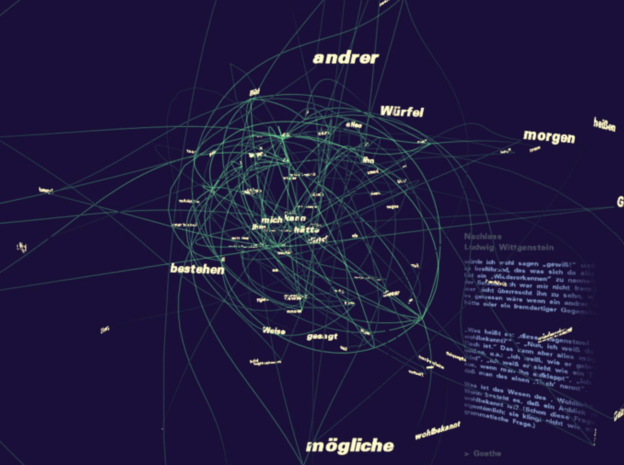I related to this article on a more than one level.
Like Cordell, I’ve tangled with our curriculum process, and it can be a frustrating process, especially when proposing a new course[i]. The departmental curriculum committee will strongly criticize a new course This isn’t entirely a bad thing: as a department, we only want to send strong proposals to the college-wide curriculum committee[ii].
Cordell later suggests that, rather than have separate DH courses, that we incorporate DH sensibilities into our existing courses. I think this makes sense: I have been incorporating digital work into my classes for as long as I’ve been at LaGuardia.
Another interesting point is that our students think that they’re better with technology than their professors are. Students have a point, but it’s easy to overstate this. I’ve seen many students have issues with digitally based assignments because, well, if it’s not an app on their phone, they’re just not comfortable with it.[iii]
Interestingly, by the end of the piece, Cordell is giving advice on how to teach DH, rather than the opposite. I think the author makes two points I want to comment on[iv].
- Start small
- Scaffold everything
Start small
This is essential. I have been teaching Voce and Diction for well over a decade now. My students do weekly recordings (two of which are digital), a midterm project, and a final project. It took years to get it to this place. I started small, with monthly recordings, then I added my final project, then weekly recordings.
That’s on a curricular level. On a “course project” level, start with one project. Here are some things I’ve learned:
- Find the type of technology you are comfortable with. Run with it.
- Try doing it yourself first. You’ll see some of the difficulties your students have, and will be better able to help them.
- Expect that it won’t go smoothly. ESPECIALLY the first time. That’s okay. Learn from it. Figure out what works and what doesn’t. No matter how much you plan, you will need to adjust the assignment.
- Have a hard and fast deadline. Without this, several of your students just won’t turn their projects at all.
- Present the final products in class. Students tend to do a better job on assignments because they don’t want to look the fool in front of their classmates. (Well, usually.)
In my case, I use the technology around digital storytelling. I do four small projects with it per term:
- The Digital Poem – my students select a poem from a list of poems. They have to record it, find pictures to match, and turn it into a little movie.[v]
- Hiawatha—a few weeks later, students are given pieces of Hiawatha, and have to do the same thing as they did with the Digital Poem, though their pictures have to be either Native American or North American wilderness imagery.[vi]
- Midterm project. I give my students a choice: a midterm or a project. They never choose the exam. The past few years, they have had to produce a three minute long video about one of the United States presidents.
- Final project. This is the States project. Students randomly choose a state and have to produce a three minute long video about it.
I can do this, because, at my school, Voice and Diction has a lab hour attached to it. They can do their projects (or at least start them) in class.
The other thing I want to focus on is scaffolding. It’s absolutely necessary. It needs to be explicit. Step-by-step instructions. Expect questions.
You also need to show your students how to use the technology. You need to make time for it in your class. I’ve been doing this for so long that I can train students in my tech in a half hour or so.
With the Presidents and States projects, I have lists of questions that they turn in, so I know they’re doing research and I can check it.[vii]
I would encourage you to figure out what technology (or technologies) you want to use and run with them. Don’t get frustrated: accept that you will have to adapt and edit. That’s not a bad thing.
[i] Revising an existing course isn’t nearly as difficult.
[ii] This makes sense. When I’ve gone before the college-wide committee, I didn’t have any problems. Part of that is because the departmental committee demanded edits.
[iii] Yes, I know this makes me sound old. (You can’t see this, but I’m shaking a cane at you, while yelling at you to get off my lawn.)
[iv] Some people might refer to these as “Best Practices”. I hesitate to use that term because what works best for me might not work for you because we are different people and might be teaching wildly different student populations and/or different levels of institutional support.
[v] This sounds more difficult than it is. I do it with Audacity (a free audio recording software) and Windows MovieMaker (which is probably not free anymore, though, honestly, it should be.)
[vi] We also discuss things like cultural appropriation when we do this.
[vii] You would be amazed at the research errors I’ve seen. For instance, the Grand Canyon has appeared in thirteen different states.


